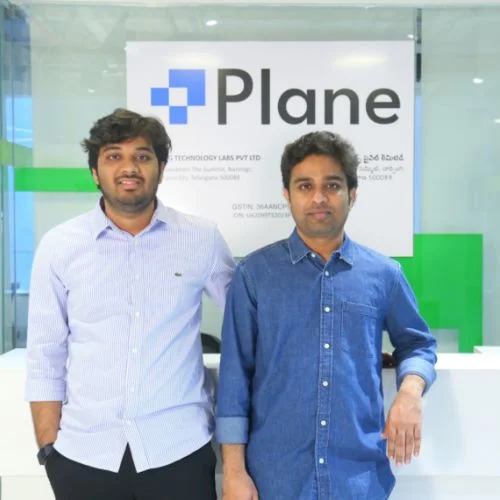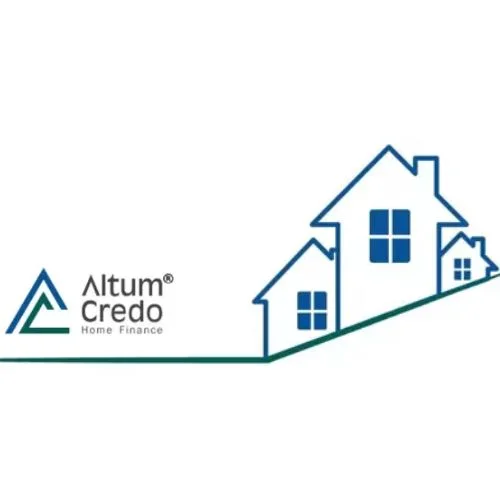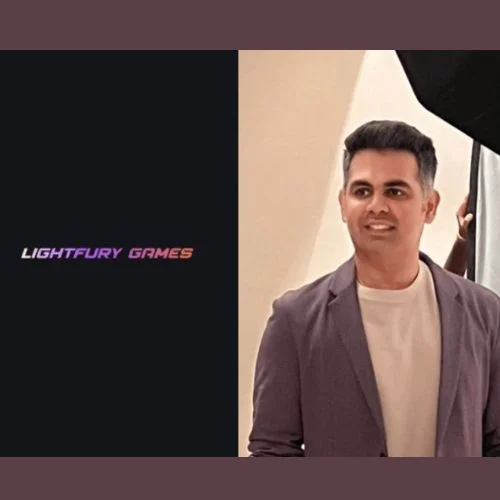1-gamma chips, which can be utilized for mass manufacturing of the material needed in complicated applications like image processing networks, will be created using the most recent extreme ultraviolet lithography (EUV) chipmaking equipment.
With assistance from the Japanese government, Micron Technology Inc. intends to invest up to 500 billion yen ($3.70 billion) in extreme ultraviolet (EUV) technology over the coming several years.
1-gamma chips, which can be utilized for mass manufacturing of the material needed in complicated applications like image processing networks, will be created using the most recent extreme ultraviolet lithography (EUV) chipmaking equipment.
According to the firm, Micron will be the first semiconductor manufacturer to introduce EUV technology for use in manufacturing in Japan. The company also stated that it aims to ramp up EUV production on the 1-gamma node in Taiwan and Japan starting in 2025.
The news follows the start of mass manufacturing of the new high-capacity low-power 1-beta dynamic random access memory (DRAM) chips by the US memory chip manufacturer at its Hiroshima plant last year.
When the power is turned off, DRAM chips lose their memory.
Fumio Kishida, the prime minister of Japan, said he spoke with top CEOs on Thursday in preparation for the Group of Seven (G7) summit and that he expected more investment from global chipmakers in Japan.
Executives from Intel Corp. were among those with whom I had a meeting afterward. and Taiwan Semiconductor Manufacturing Co., Kishida told the media that the G7 leaders’ talks in Hiroshima would center on supply chain stabilization.
Kishida also met with executives from companies like IBM Corp., Applied Materials, Samsung Electronics, and Micron Technology Inc.
While the United States is increasingly pressing its allies to cooperate in order to fight China’s chip and advanced technology development, Japan has been working to revitalize its chip business, whose worldwide market share has plummeted to approximately 10% from around 50% in the late 1980s.















